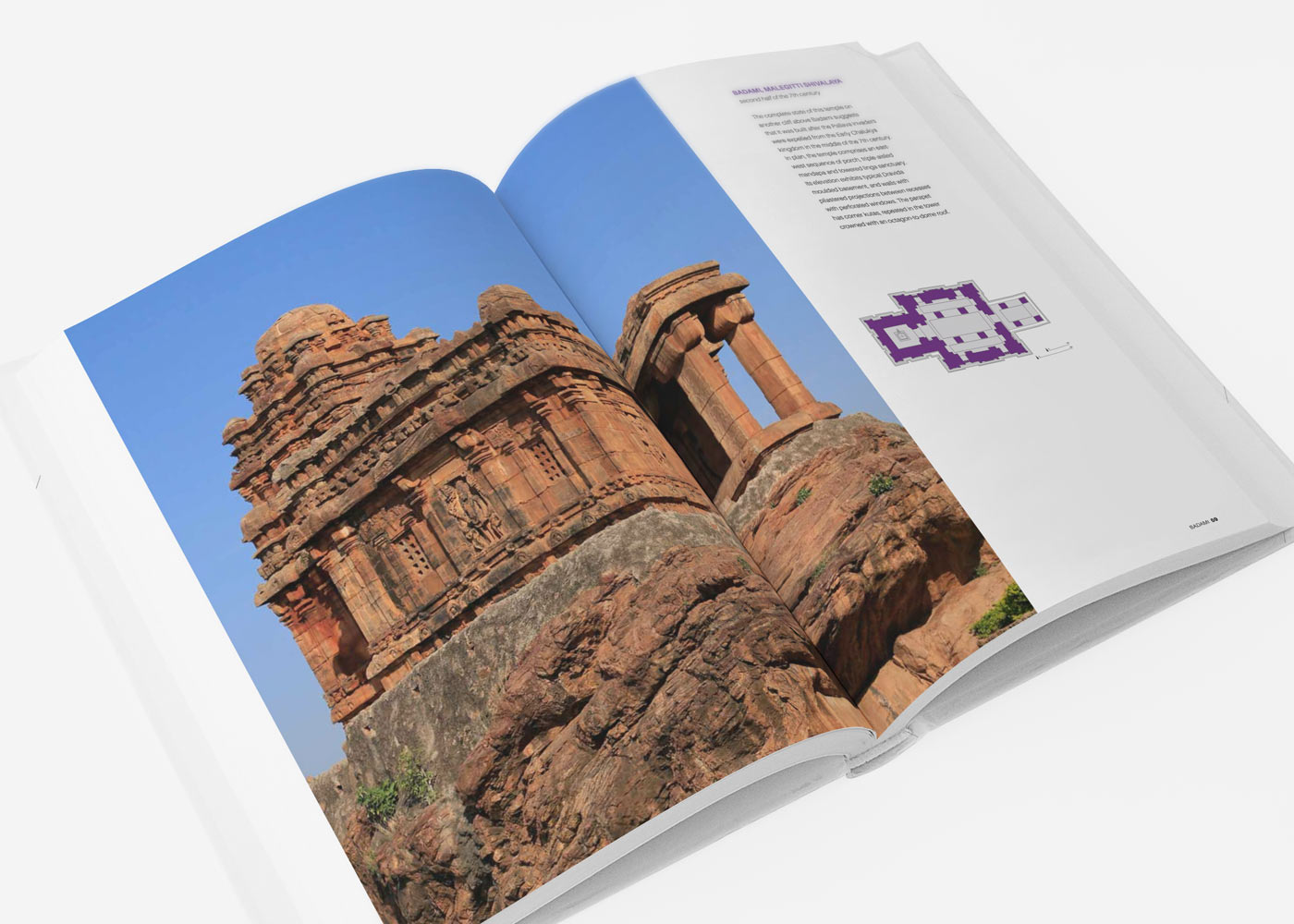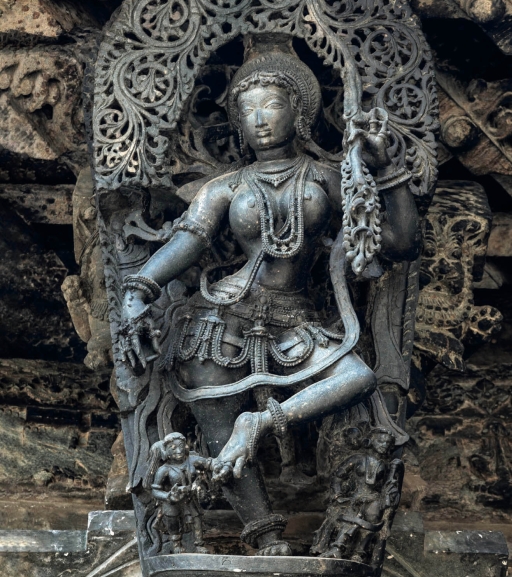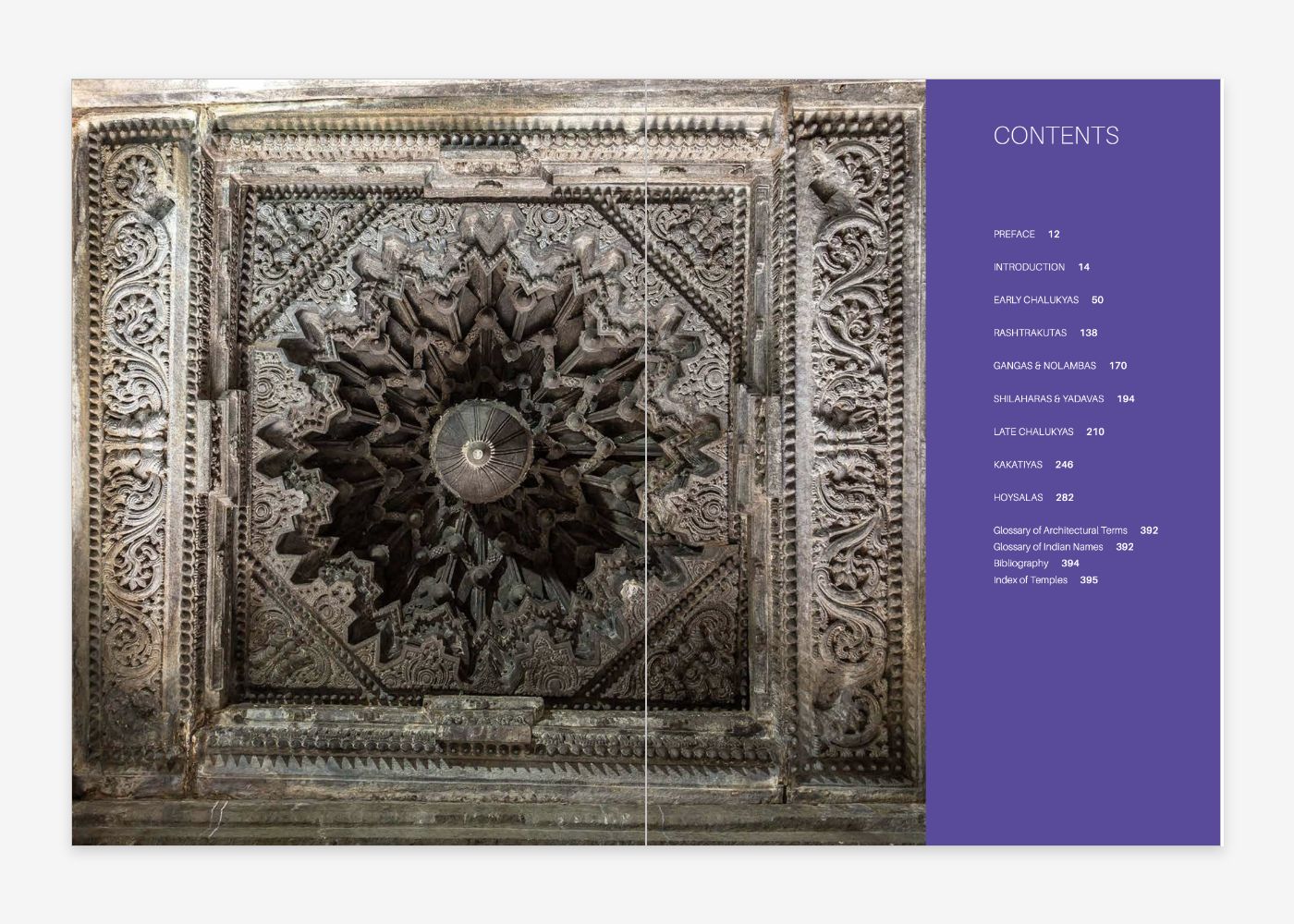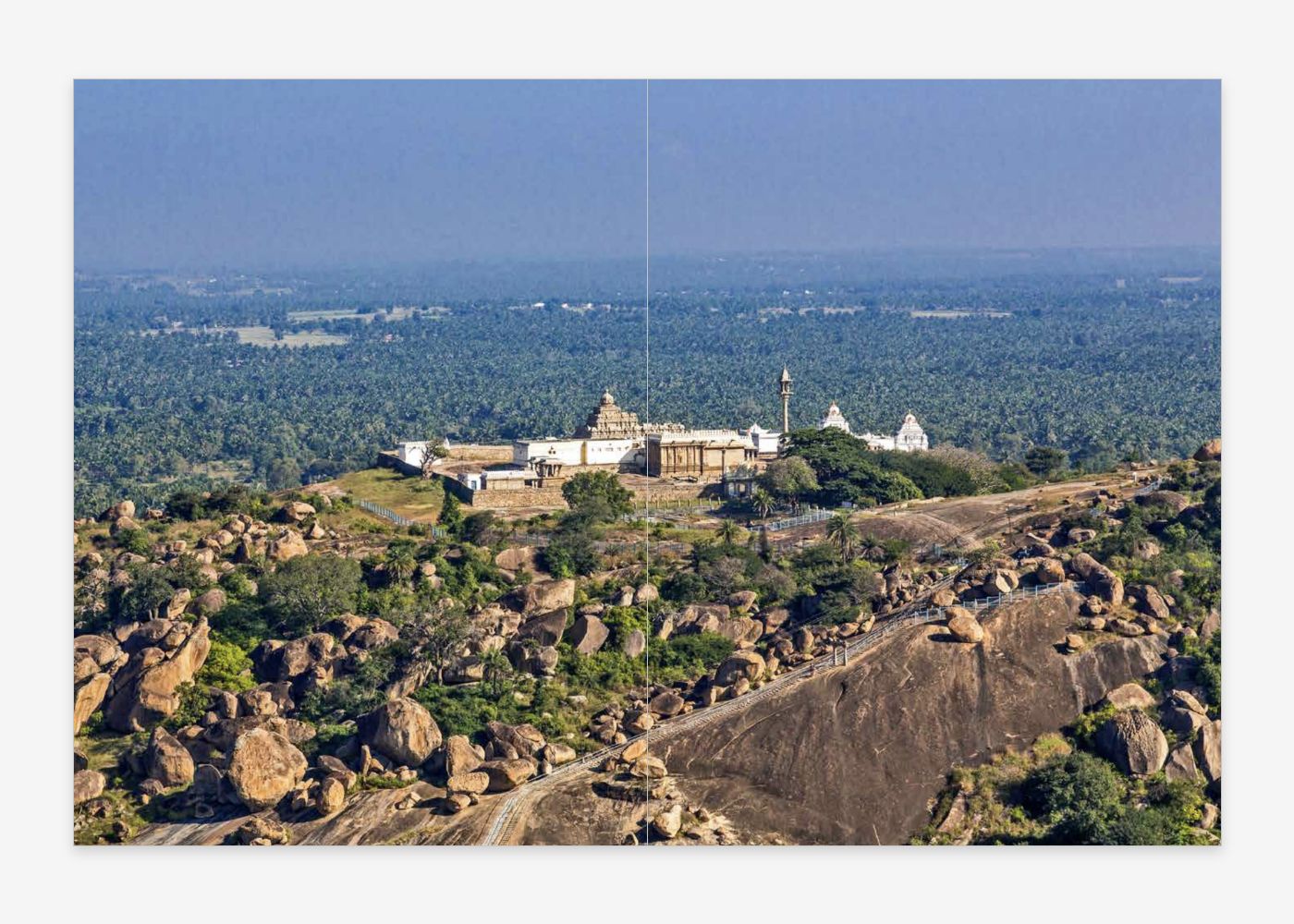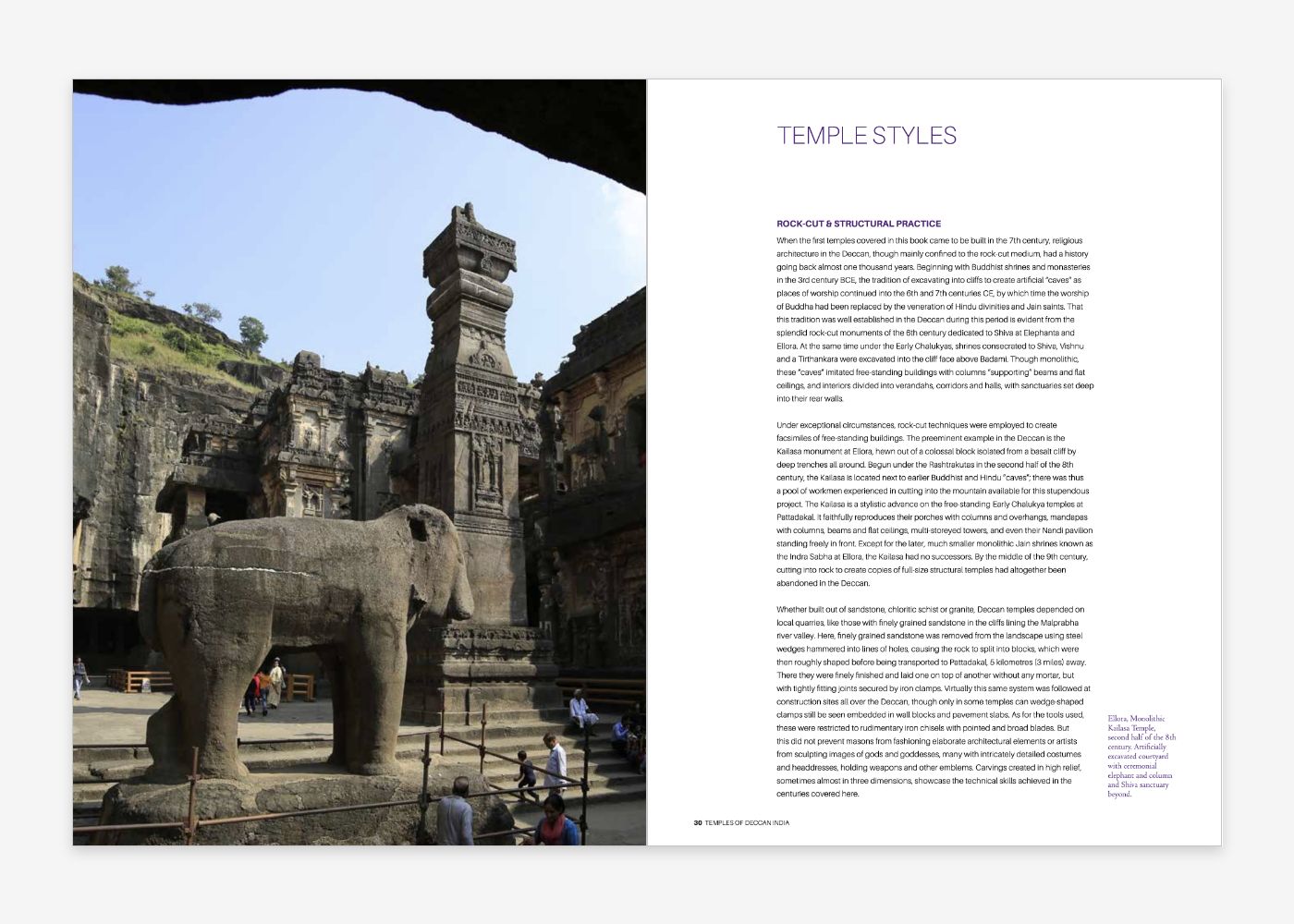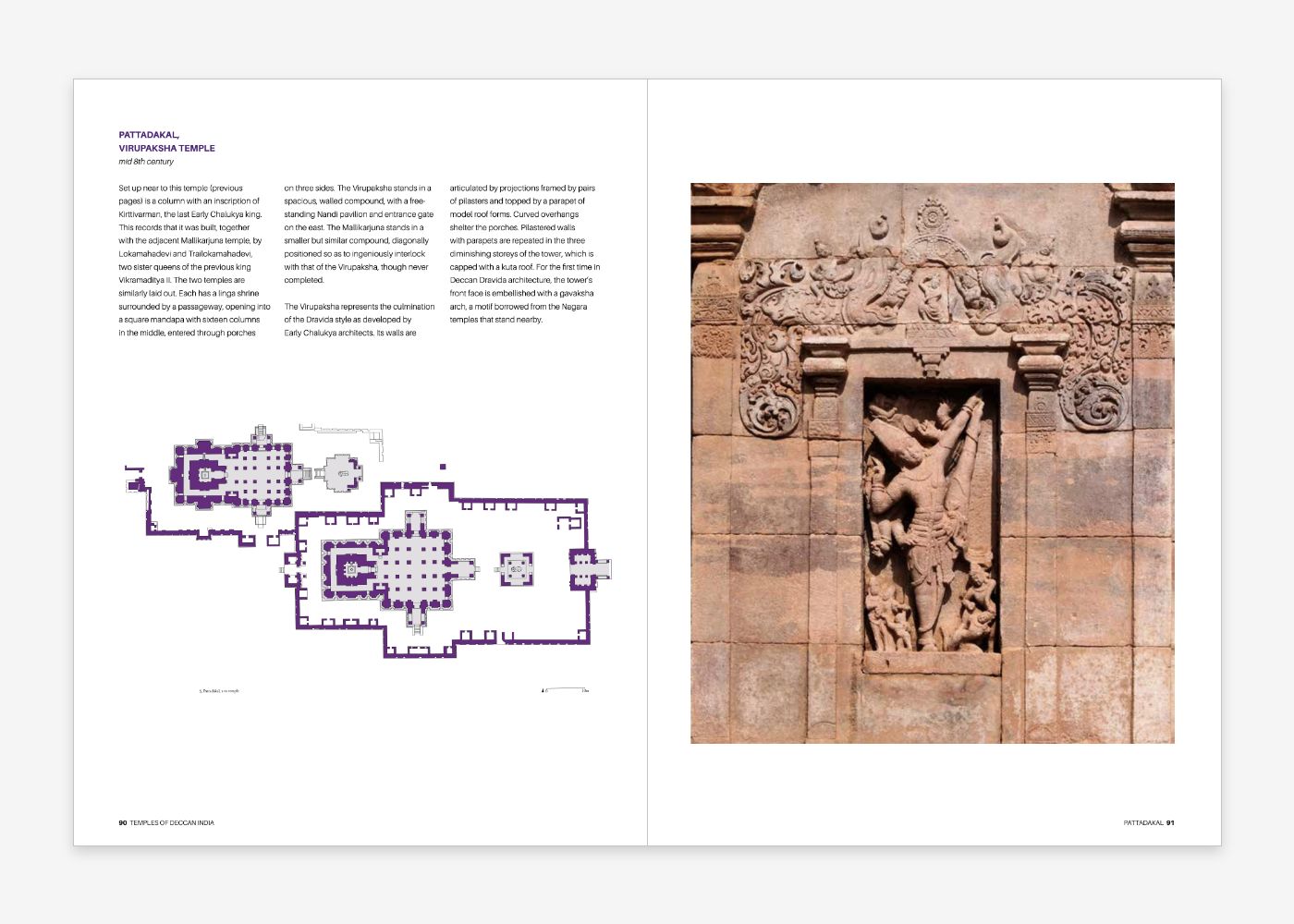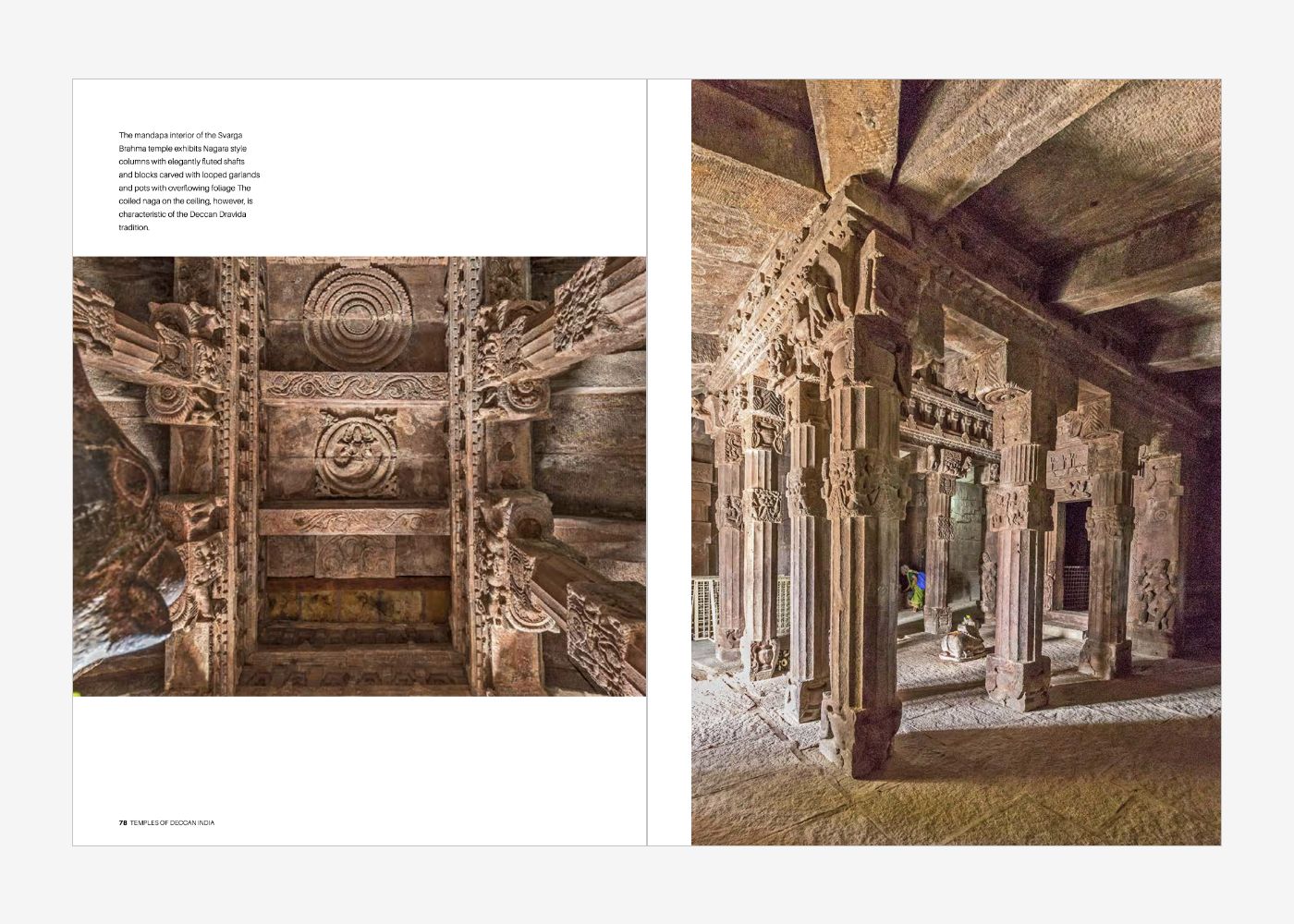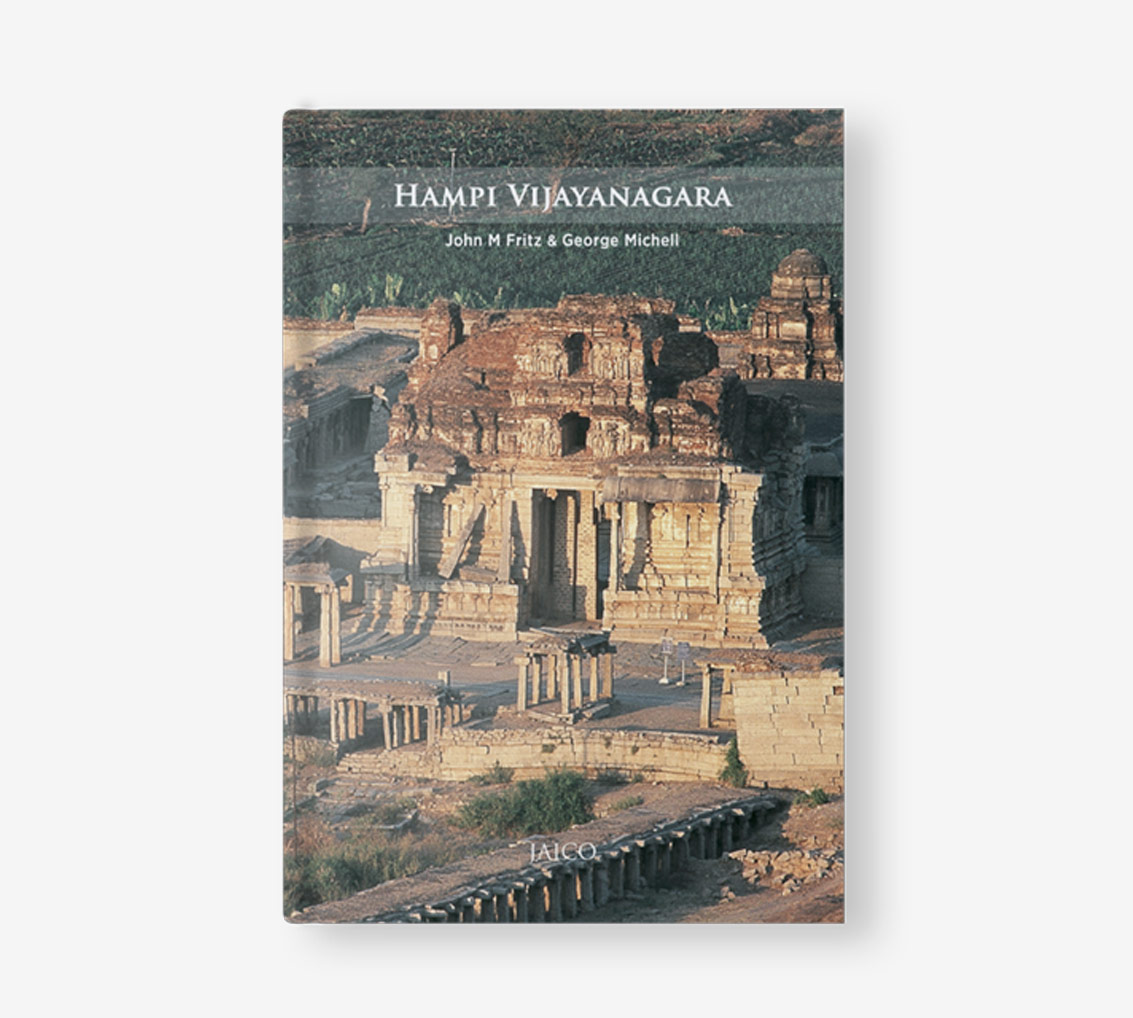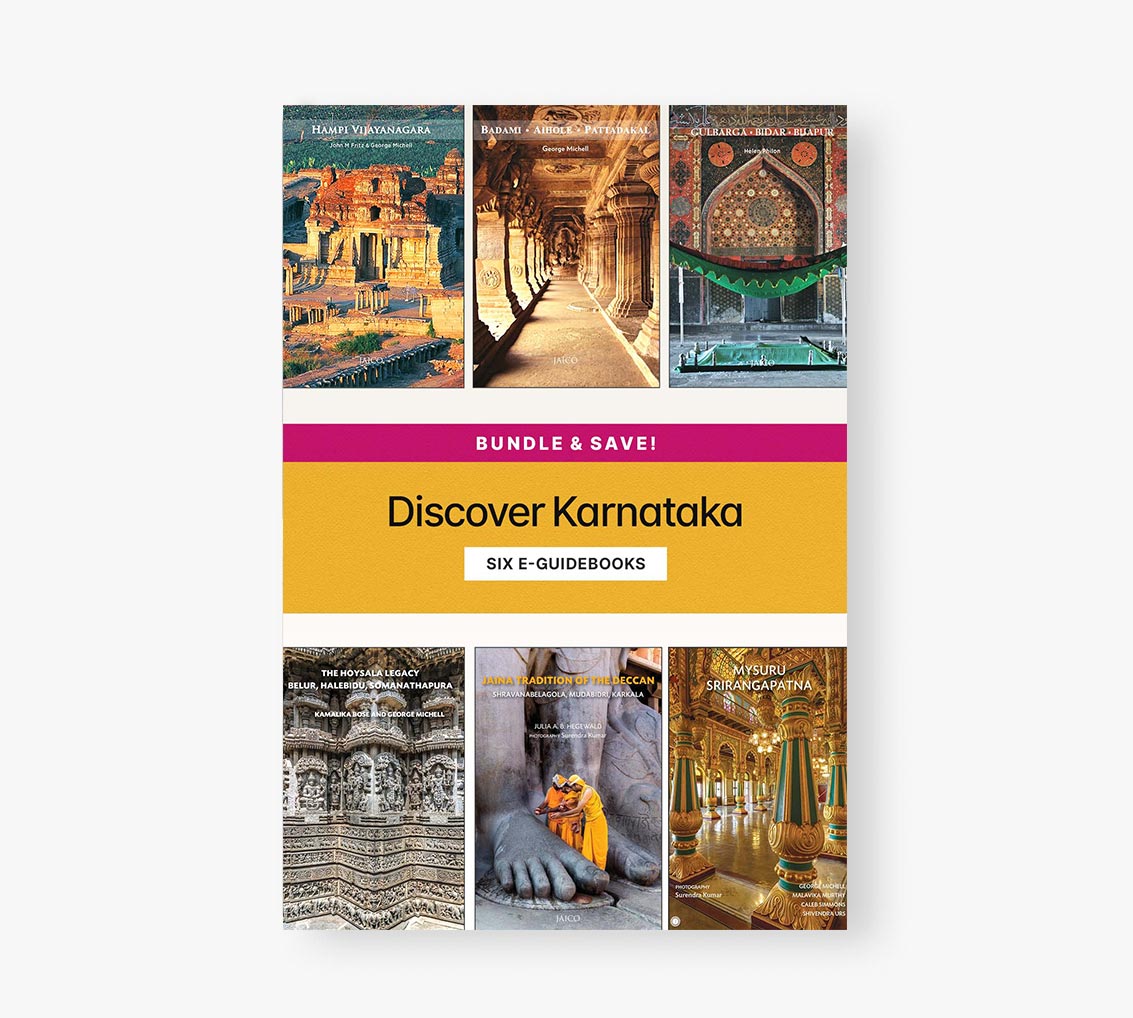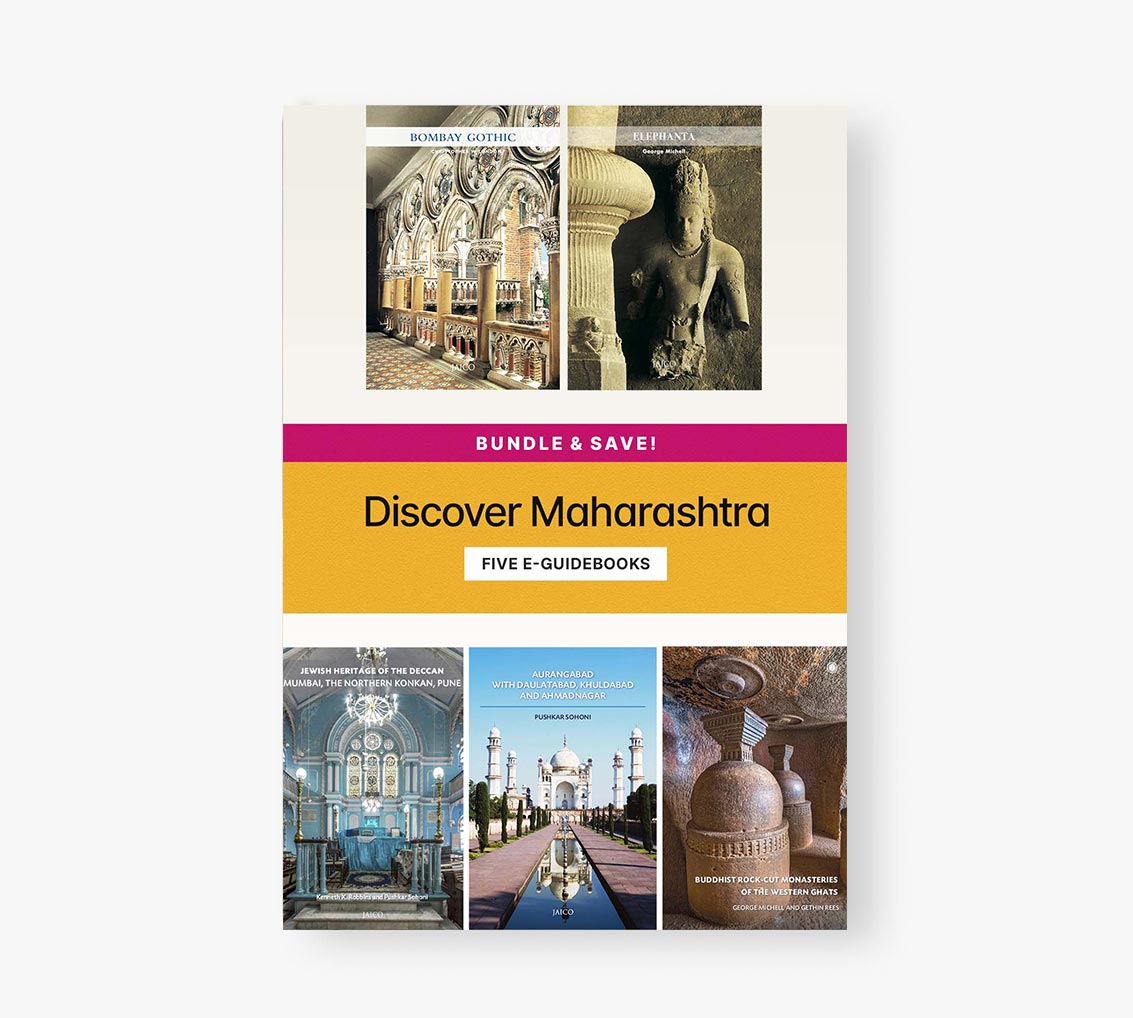Temples of Deccan India: Hindu & Jain, 7th to 13th Centuries
Book
This beautifully illustrated book showcases the Hindu and Jain temples of Maharashtra, Telangana, Andhra Pradesh and Karnataka built prior to the invasion of peninsular India by the Delhi sultans at the end of the thirteenth century. Unlike temples in many other parts of India, those of the Deccan are well preserved, with their wealth of figural and decorative carvings miraculously intact. They demonstrate the development of Indian sacred architecture and art over a span of more than 600 years.
Focussing on some 50 historical sites, the Temples of Deccan India begins with artificially excavated “cave” shrines dedicated to various Hindu deities, before proceeding on to examine freestanding Hindu and Jain monuments sponsored by successive rulers of the Deccan. Attention is paid to the beautiful sculptures found in temple basements, on walls, brackets and ceilings. In crisp relief, and sometimes even in three dimensions, these carvings are among the greatest glories of Indian stone art.
Among the featured highlights are the cave temple on the island of Elephanta, with its stupendous representation of three-headed Sadashiva; the colossal, monolithic Kailasa temple at Ellora, a technical feat unsurpassed in the entire history of Indian architecture; the magnificent columned pavilion at Hanamkonda, currently being reconstructed; and the temple at Belur, with its exquisitely carved female figural brackets. Specially commissioned plans of temple layouts accompany 300+ photographs; maps locate the temple sites, while passages of text illuminate the succession of dynasties that governed the Deccan from the seventh–thirteenth centuries. Educational, accessible and beautifully illustrated, this book will be of interest to anyone fascinated by Indian architecture.
Details
Author(s)
George Michell
George Michell obtained his PhD from the School of Oriental and African Studies, University of London, for his dissertation on early-Chalukya temple architecture. Since then his research has ranged from surveys of town planning and Islamic buildings to studies of Hindu temple architecture and sculpture. During the 1980s and 1990s, he and Dr. John M. Fritz co-directed an extensive survey of Hampi-Vijayanagara.
Among his many publications are: The Royal Palaces of India, Hindu Art and Architecture, The Great Temple at Thanjavur, Mughal Architecture and Gardens, Late Temple Architecture of India, 15th to 19th Centuries and, together with Helen Philon, Islamic Architecture of Deccan India.
